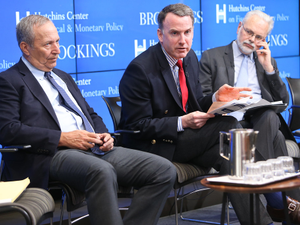Bay Area School Funding Reveals Stark Inequality, Despite Reform Efforts

Photo by LauraGilchristEdu | License
California’s education funding system continues to expose deep economic disparities, with wealthy districts in Silicon Valley and the Bay Area significantly outpacing less affluent school systems. A recent study reveals that property-wealthy districts can generate up to $8,000 to $10,000 more per student compared to nearby state-funded districts.
The research, conducted by Bellwether and PACE, highlights how basic aid districts - primarily concentrated in Santa Clara, San Mateo, and Marin counties - benefit from local property tax revenues that create substantial funding advantages. For instance, Santa Clara Unified School District receives $22,709 per student, while Alum Rock Union Elementary District gets only $14,819 - a difference of about $8,000.
These funding gaps have significant real-world consequences. Wealthier districts can offer substantially higher teacher salaries, smaller class sizes, and more competitive employment packages. This creates a talent drain where experienced educators frequently migrate from lower-funded districts to more financially attractive school systems.
The study identifies a troubling trend: while California’s Local Control Funding Formula was designed to create more equitable educational opportunities, it hasn’t effectively addressed the fundamental disparities created by property tax-based funding. Declining student enrollment has further complicated the situation, as basic aid districts actually benefit financially from fewer students.
Policymakers are now exploring potential solutions, including redistributing excess revenues, implementing regional cost-of-living adjustments, and providing additional state aid to lower-funded districts. Senate Bill 743, authored by Senator Dave Cortese, represents one innovative approach to addressing these systemic inequalities.
Ultimately, the research underscores a critical challenge: without meaningful intervention, the current funding structure will continue to perpetuate educational inequity, potentially limiting opportunities for students in less affluent communities.
AUTHOR: mb
SOURCE: Local News Matters





















































